
Published: 26 Nov 2018
Welcome to Deaf Awareness Week, a week of opportunity for you to to recognise, empathise and improve your visitor experience for people who are D/deaf!
The most difficult challenge around inclusion of deaf visitors is communication. I’m going to ask you to do one important thing this week, as an individual, or as a team, I want you to think about what your visitor journey is like for a person who is D/deaf. You will no doubt discover those ‘of course, I didn’t even think of that as a barrier’ moments, and if you do, please share them with me, I want to know what you learn this week and will help you wherever I can.
Improve customer service & visitor experience
All types of organisations (not just museums) often fall short when it comes to communicating with visitors who are deaf. Frustrations and misunderstandings can arise at various touch points and the whole visitor experience can be pretty awful for both sides.
Customer service can be improved greatly with a basic understanding about deafness and the barriers that may be preventing you from offering your visitors a great experience.
This week we’ll be offering you tips and advice to reduce those barriers, starting today with an introduction to the different types of deafness and how to recognise a deaf visitor.
Why be deaf aware?
Types of deafness
There are few types of deafness and with each type there are different preferred methods of communication to use, so it’s good to understand these from the outset.
It’s fair to say that some hearing people are afraid of what terminology should be used when talking about deaf people. Here is an explanation of each type.
D/deaf is a term used to cover all people with some type of deafness and includes those who are:
This last group of profoundly deaf people can be further subdivided into people who are: ‘deafened’ ‘deaf’ and ‘Deaf’
“Deaf and Dumb” – Did someone just say that?! This is extremely offensive and should never be used. Thankfully it’s not used so often nowadays, although we have heard examples of some people still using it (which make all of us cringe!).
It’s important to understand that depending on the type of deafness, there are varying levels of spoken and written English being used – basically this is whether English is their first or second language. This is one major barrier when communicating – using English with a deaf person whose first language is actually BSL – this is an opportunity for misunderstandings to develop.
Deaf people might sound different
You might meet deaf visitors who have an unusual sound or pattern to their speech – they simply have never heard the word they are saying and so it may not sound like what you are used to hearing. Also, hearing people have the ability to gauge the volume of their speech, so some people who are deaf may have louder voices.
Consider why this is – when a hearing person learns English as a child the process is to listen and repeat, if you take away the hearing element the process suddenly becomes more difficult, so levels of English grammar and sounds of speech will vary with D/deaf people depending on what teaching and support they’ve had.
Methods of communication
Depending on the type of deafness and their first language (either English or non-verbal such as British Sign Language) will depend on the preferred method of communication by a person who is deaf. Methods include:
Tips: How to recognise a deaf person
There is not one solution for all
So there are methods of communicating that work best depending on not only the situation, whether it’s face to face or non face to face, but also depending on what type of deafness someone has. By recognising these staff can use the best method to engage with your D/deaf customers.
Next post we will look at face to face communication and give you tips and advice on skills including lip reading and sign language.
Have an event, or want to share your best practices – tweet us
If you liked this, sign up to our newsletter.